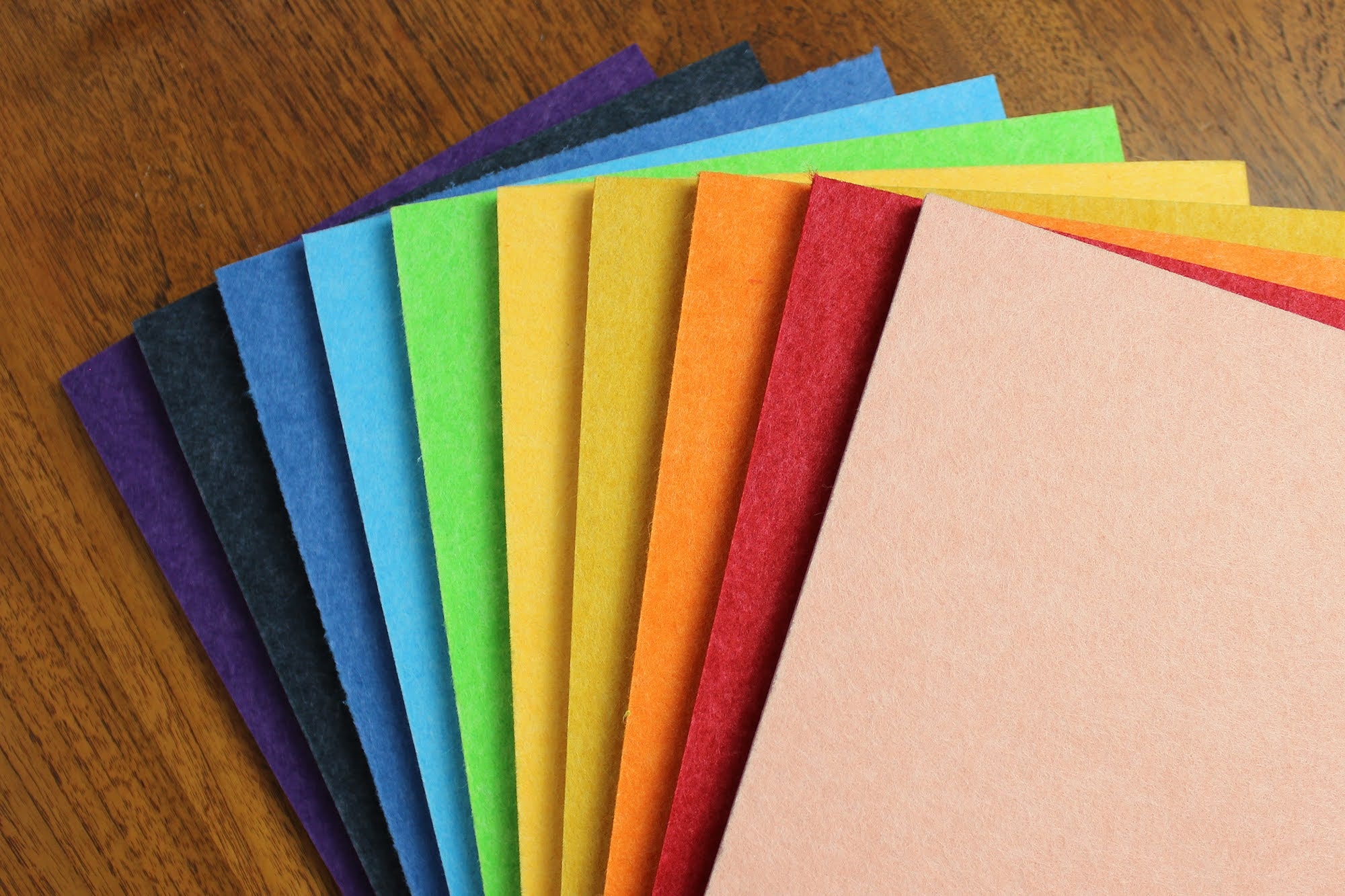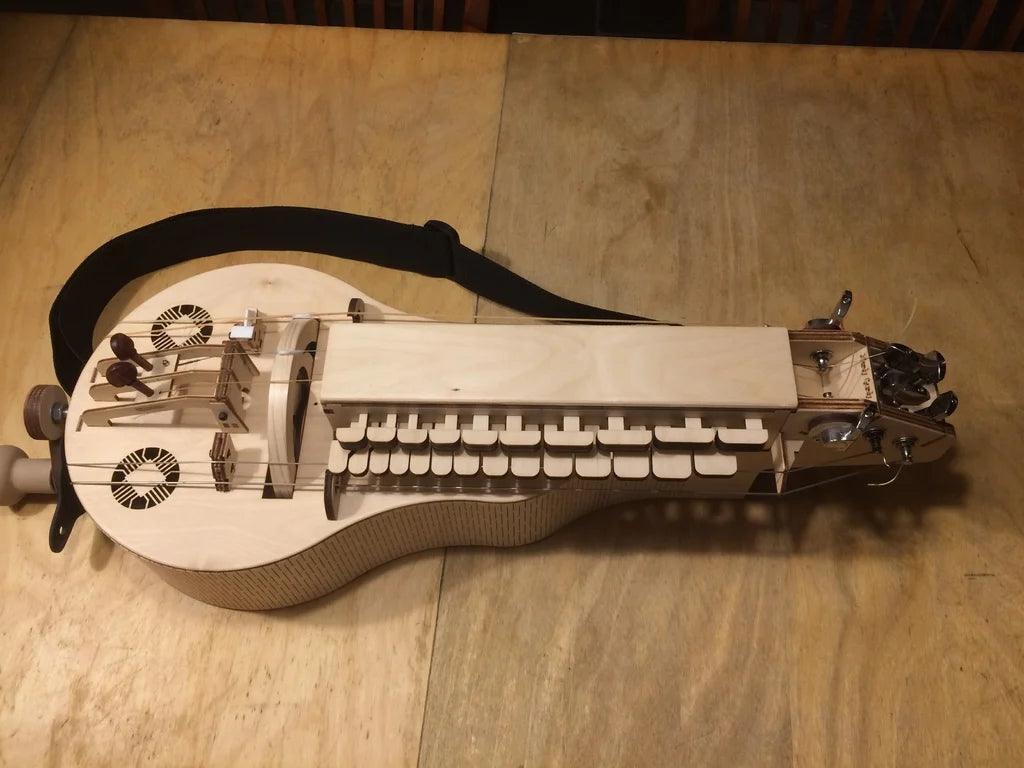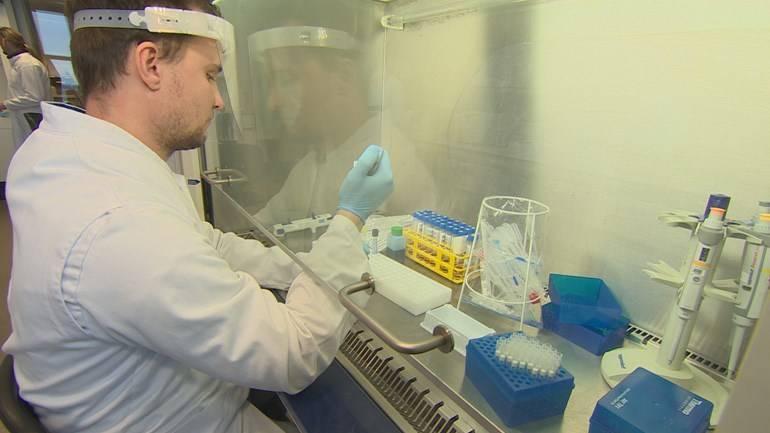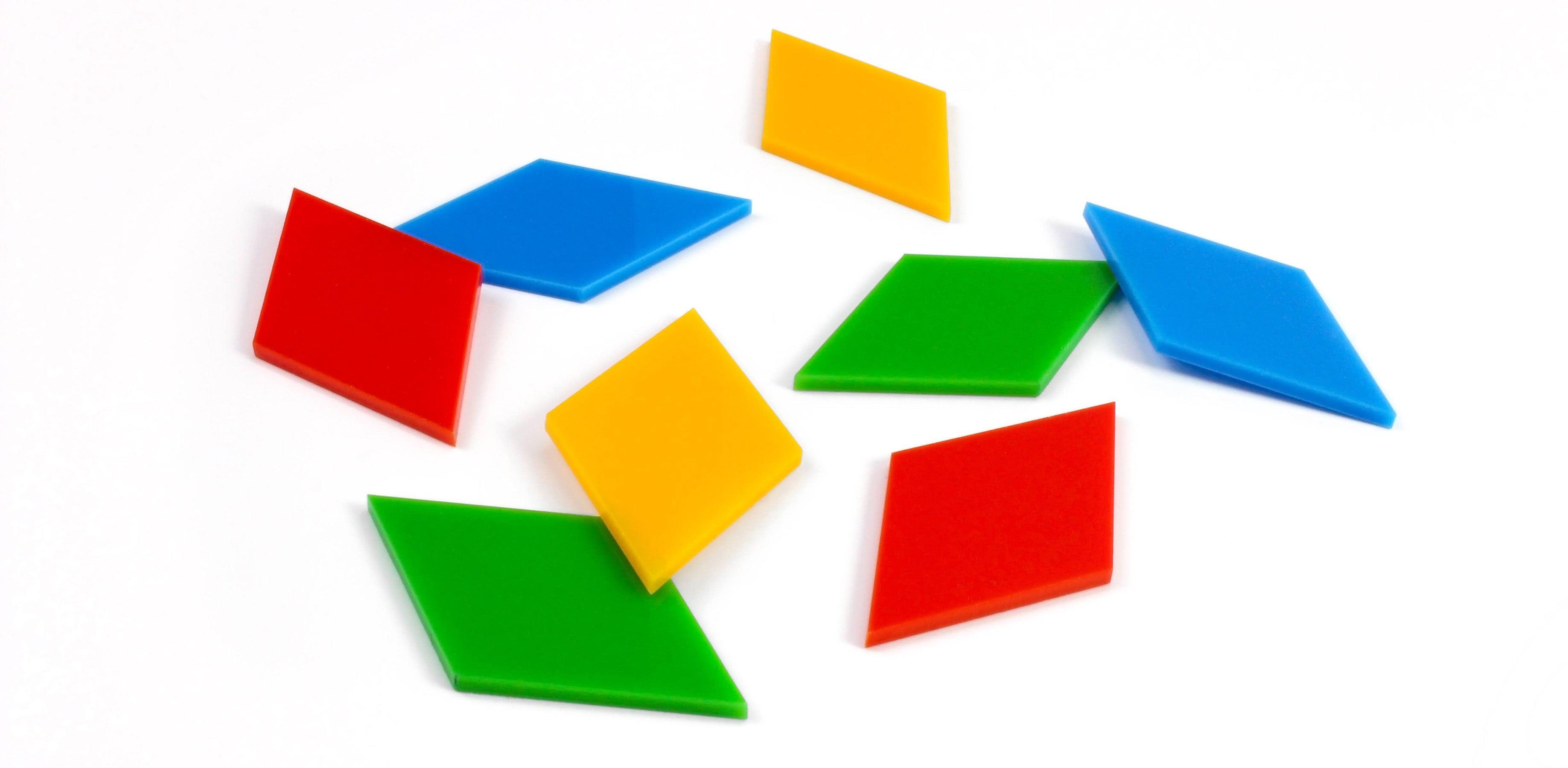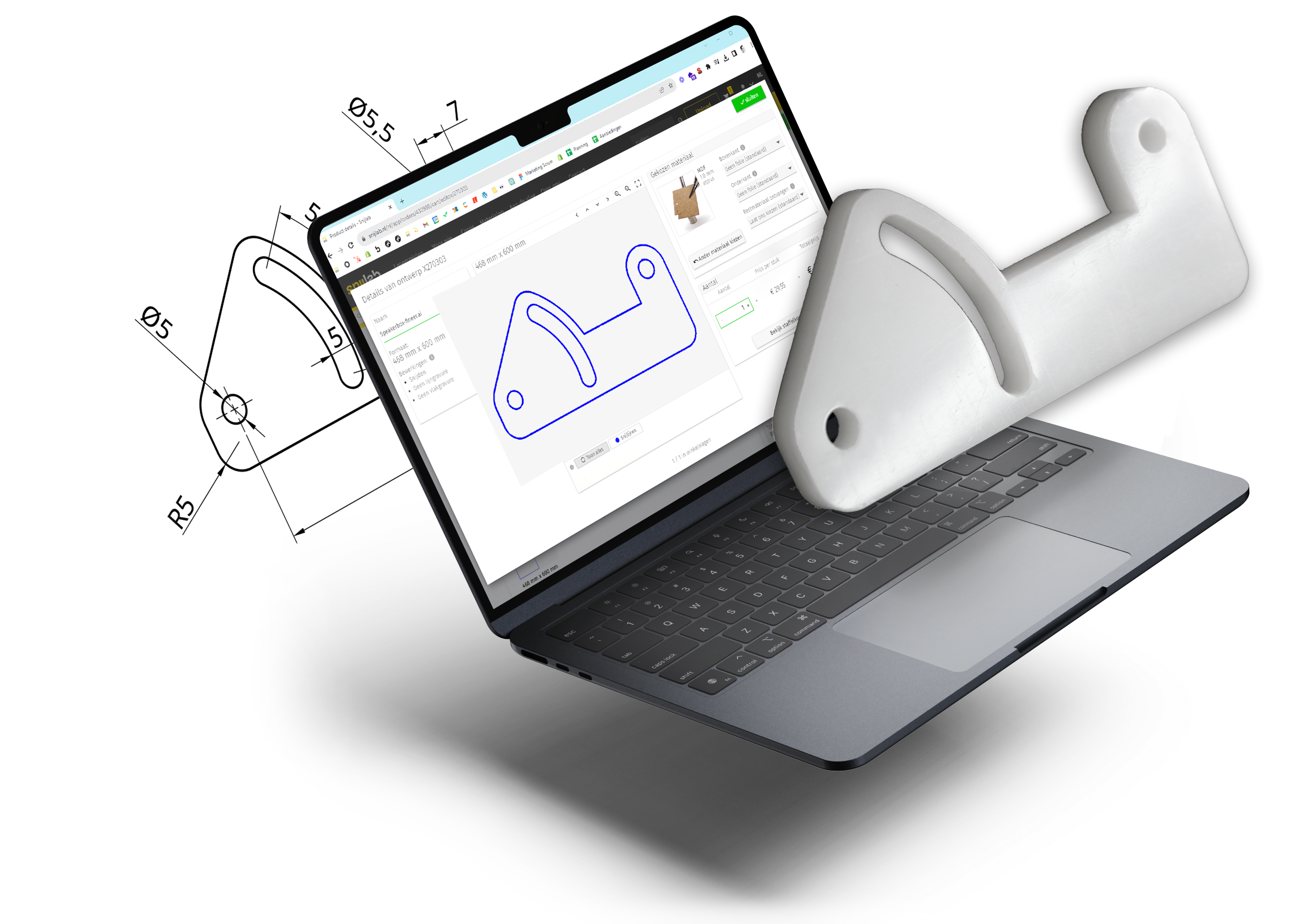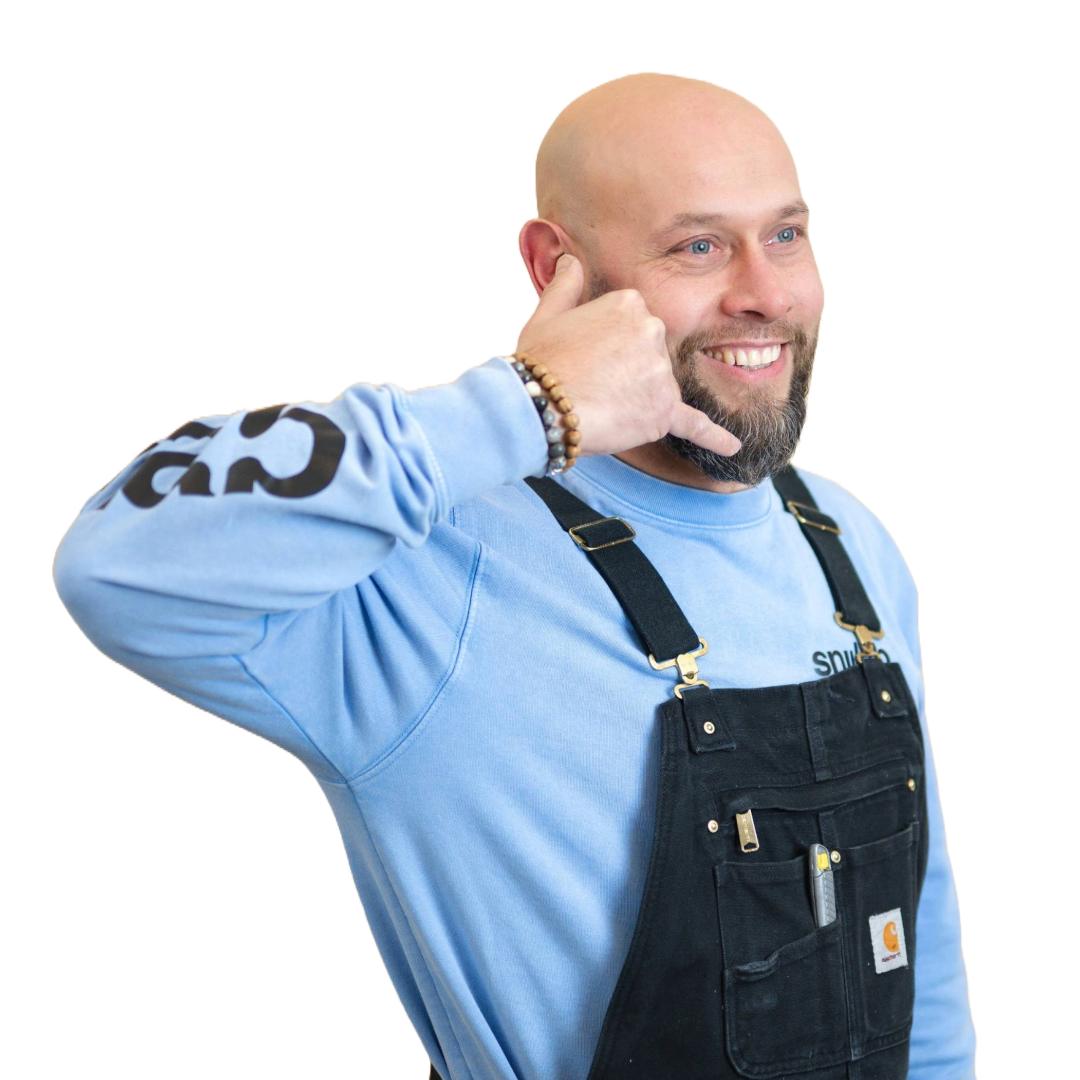How Snijlab helps build the stringed instrument 'Nerdy Gurdy' and keeps its production flexible and affordable with laser cutting.
How the Nerdy Gurdy came about
Engineer Jaap Brand developed a prototype for his self-conceived "Nerdy Gurdy," based on an existing stringed instrument called the hurdy-gurdy or hurdy-gurdy. After four years of preliminary work, Brand produced his first laser-cut prototype together at Snijlab, which has since become a great success.
Challenge
A handmade hurdy-gurdy is expensive
Wooden, handmade instruments are very expensive. Brand wants to use digital techniques to bring an affordable version to market. Also made of wood and with comparable sound quality to a traditional hurdy-gurdy.
Solution
A custom design for a laser-cut instrument
Brand works in daily life as a mechanical engineer and is therefore experienced in creating industrial designs. A completely different field, but this gives him the necessary skills. With advice from instrument builders and musicians, he is designing a kit that is easy for consumers to assemble.
Challenge
Prototyping costs must be contained
Brand is at the beginning of a challenging quest. The hurdy-gurdy must sound good, the kit must remain simple, and there is a lot of consultation with outside parties to fine-tune the design. This can be a costly process, with many prototypes and modifications.
Solution
Working cost-efficiently with digital technology
Brand opts for digital production techniques, which save him time and money. Laser cutting and 3D printing give him the freedom to experiment and tinker without limit. After each improvement comes a quick tweak in the digital drawing, and then a new laser-cut prototype. Were he to saw the prototypes himself, for example, it would take so much more time and the result would be less detailed.
Challenge
Starting small-scale production
After four years, Brand finally has a good prototype called the "Nerdy Gurdy. As for production, he wants to start quietly. After all, there is no guarantee yet that the instrument will be an immediate success. Starting with a small print run is safe, but with many common production techniques that is very unfavorable.
Solution
Laser cutting keeps the price favorable regardless of the order size
Brand orders twenty kits at a time. This keeps the investment risk as low as possible. According to success, Brand can place larger and larger orders.
Challenge
Growing sales require optimization
The Nerdy Gurdy is selling better and better, which in itself is positive. Production of the instrument is still on a small scale, but due to increasing demand it is becoming more serial. It is therefore obvious to switch to a laser cutter with a larger capacity, but the design is not yet suitable for this.
Solution
Adapt design for automated laser cutter
Snijlab advises Brand to rearrange its drawings to fit into AutoSPOT. This is an automated laser cutter suitable for serial work. This switch has more advantages: the cost price goes down and the quality of the final product is better. The Autospot does not leave smoke deposits on the wood, which is the case with traditional machines. This eliminates the need for manual sanding, which in turn saves time.
Challenge
Construction kit must be user-friendly for consumers
The transition to the Autospot immediately addresses a new issue. How can the design be made even more user-friendly? A consumer can order the instrument ready-made, but also as a kit. Assembly should be simple.
Solution
'Add tabs' for easy construction
'Tabs' are added to the design. Tabs are small breaks in the cutting line. Visually, this gives the typical character of a construction kit, but it also increases ease of use. Carefully placed tabs keep the parts in the plate, and they can be easily expressed.
More about the Nerdy Gurdy
Nerdy Gurdy's design is open source and licensed as CC BY-NC 4.0. The working drawings are on the online maker community Thingiverse.
The stringed instrument continues to evolve. Several new versions have come out since the first model. You can order the Nerdy Gurdy ready-made or as a kit: www.nerdygurdy.nl.
